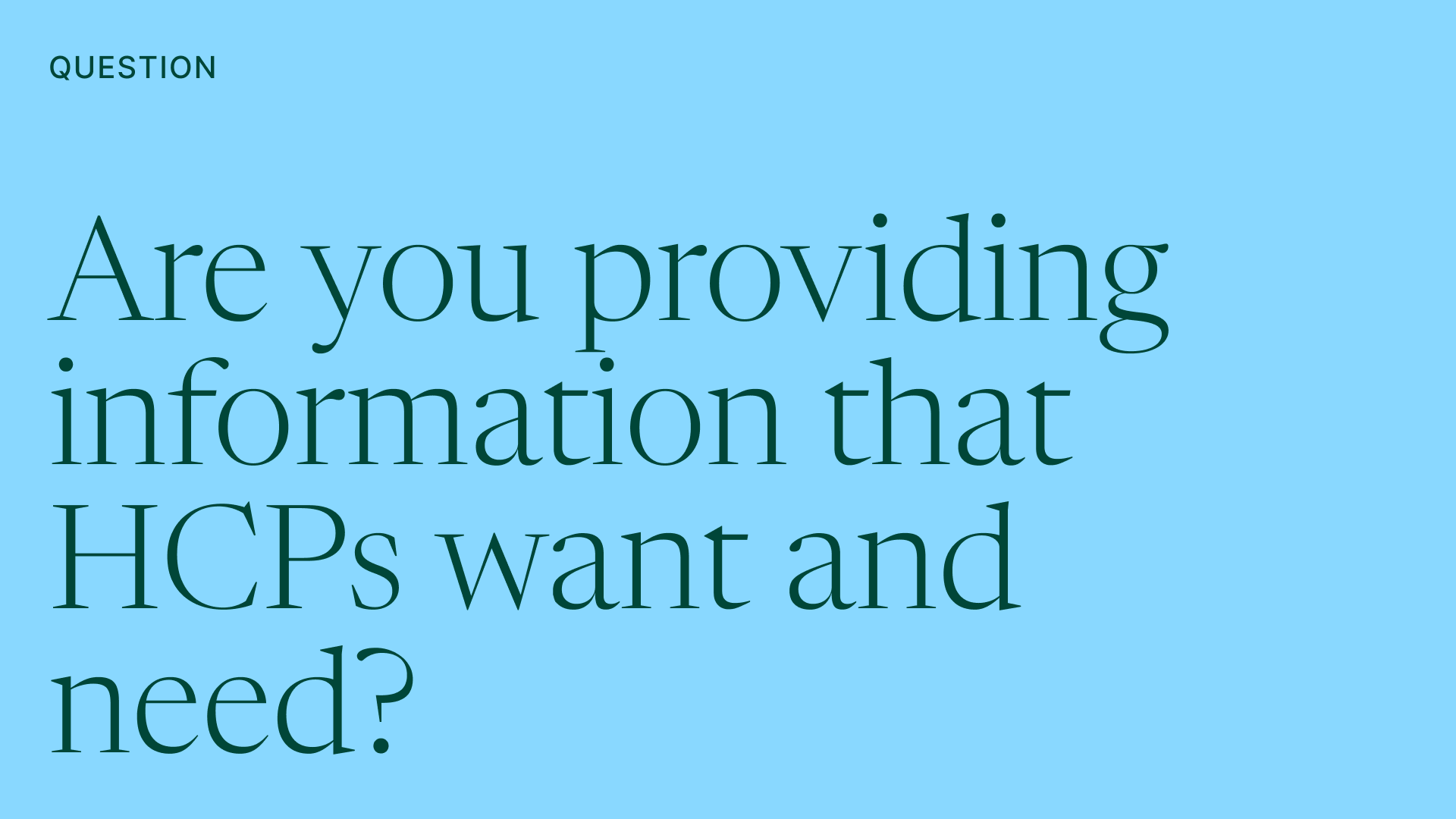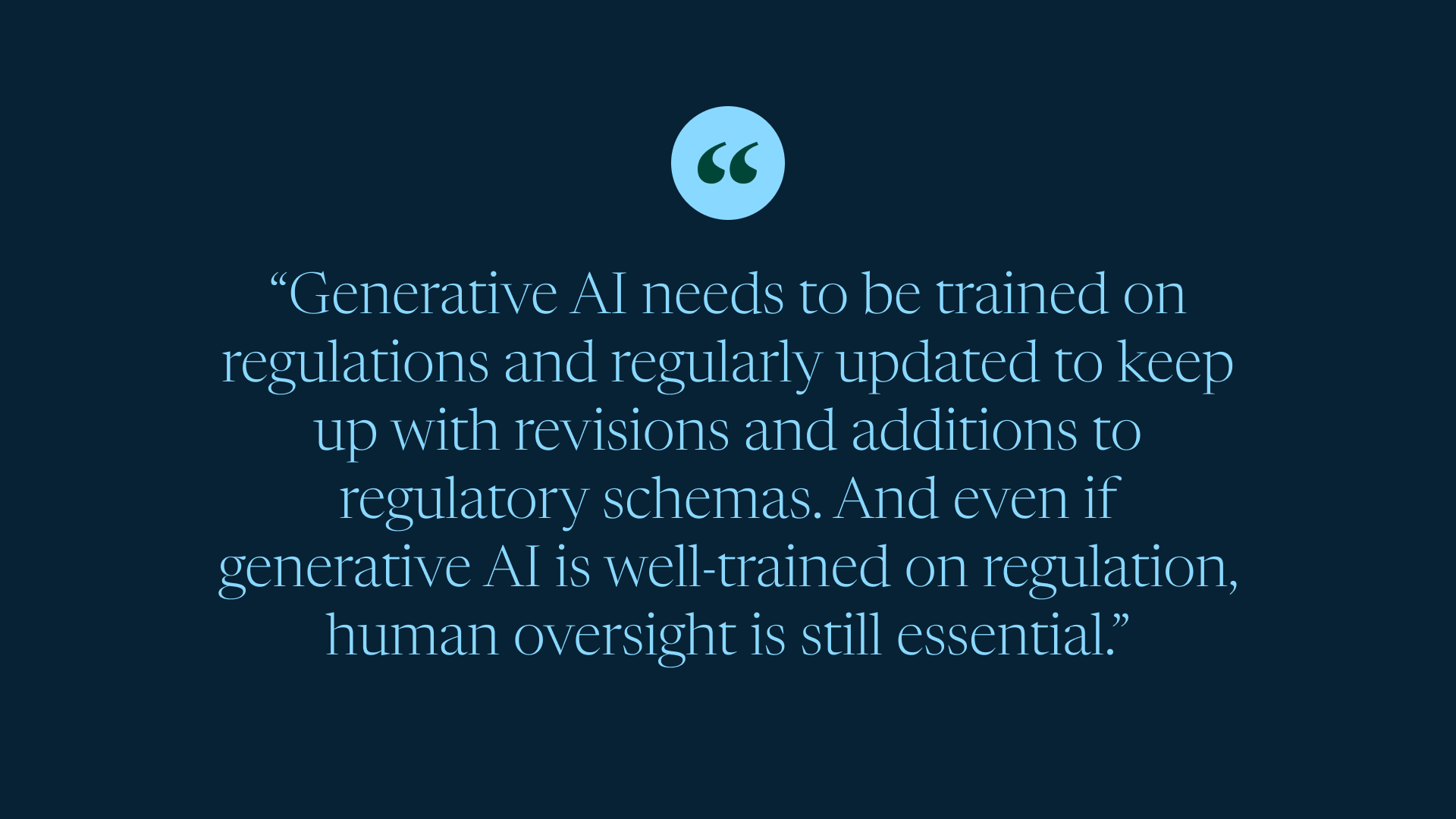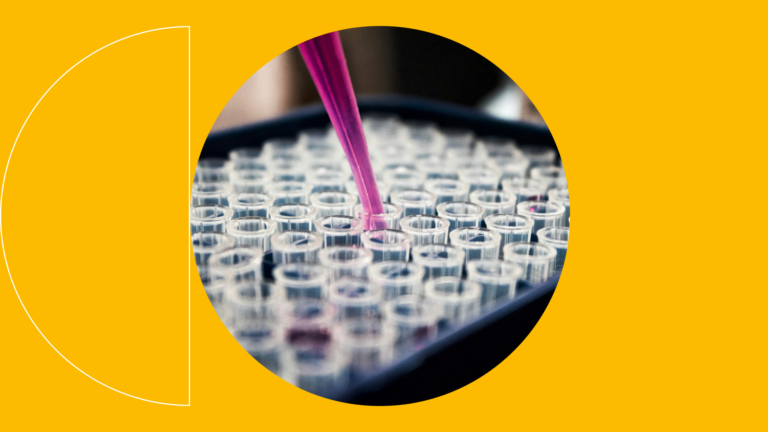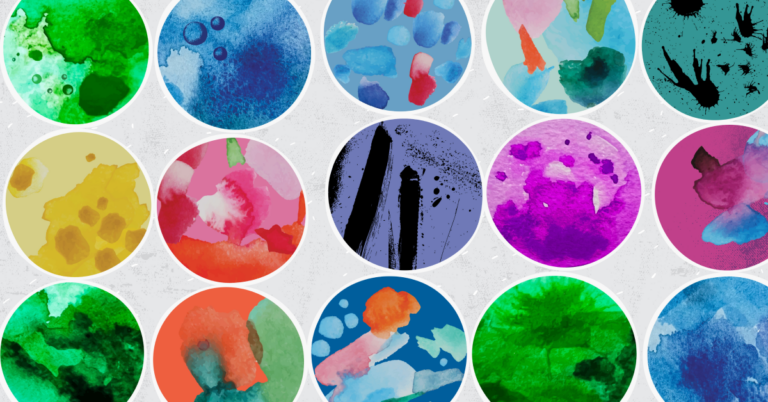There’s no doubt that the internet in all its forms—social media, SMS, the web, messaging apps, email, and more—has deluged healthcare providers (HCPs) with far more pharmaceutical information than they can possibly consume, especially since much of what they receive is irrelevant to their specialty and practice. Equally challenging is the task of separating misinformation from actual data. In short, the low signal to noise ratio makes it extremely difficult for HCPs to find what they need for their practice amid so much irrelevant and incorrect information.
Last month, we attended Digital Pharma East 2024, which was held in our backyard of Philadelphia, and overload and misinformation were common themes across the sessions, spurring informative discussions. Here’s some of what we gleaned from the presentations and roundtable discussions about information overload in pharma, and how marketers can help HCPs overcome it by creating effective, hyper-personalized omnichannel campaigns in part by leveraging AI.
3 considerations for HCP Marketers to remember about HCPs and Pharma
Before we discuss how marketers can help HCPs out of this information morass, we first need a better understanding of their situation. These three challenges are far from exhaustive, but they are among the most important.
New pharmaceuticals introduced weekly
On average, one new approved product is launched each week, adding to the more than 20,000 FDA-approved drugs on the market. In 2023, the FDA approved slightly more than one a week, allowing 55 new drugs to go on the market. One a week may not sound like many, but given that HCPs are under heavy pressure to see as many patients as possible—as quickly as possible—that leaves very little time to get familiar with all the new medications coming onto the market.
New medications are often highly specialized
In addition to a rapid pace of new drug approvals, many of these new medications are highly specialized, which introduces additional complexity to the process of learning new medications.
Murray Aitken, SVP at IQVIA, and Andrew Burkus, Senior Principal at IQVIA Digital, used the example of oncology to illustrate this point in their presentation, “Healthcare 2028: The Strategic Importance of Brand Marketing on the Future of Personalized Medicine.” In 2023, the FDA approved 13 new cancer medications (along with 118 new oncology devices, but let’s stick to medications). One in four cancers is “rare,” and most of the new oncology drugs are focused on rare cancers. These patients are often isolated and physicians may not see more than one or two of these cancers throughout their careers.
For these specialized medications, marketers may find it difficult to identify oncologists who may have or expect to have patients who need these specialized medications. Additionally, marketers may have trouble breaking through to HCPs who might encounter relevant patients because the diseases are so rare. Similarly, if they treat diseases that oncologists see so rarely, they’re unlikely to pay much attention to new drugs that treat them until they have a patient suffering from that particular cancer.
HCPs have very little time outside of seeing patients
We touched on this earlier, but compounding the issue of information overload is the pressure HCPs are under to increase the volume of patients they see, which leaves precious little time to keep up with new research, medications, and devices. This state of affairs highlights the urgent need for pharma marketers to send easy-to-understand information ONLY to relevant HCPs

Hyper-personalization trend in omnichannel marketing
Omnichannel marketing is an evergreen theme, but given how quickly the underlying technology and customer expectations for it are evolving, unsurprisingly, it was a major theme at the conference. Let's talk!Ready to improve your HCP strategies?
Pharma and healthcare companies recognize that prescribers, in particular, have changing expectations. In our personal lives, we’re used to accessing content through multiple channels (web, chats, call centers, mobile, text, etc.). These experiences should all be consistent, and, more importantly, for this discussion, they should all provide the same information to HCPs. As pharma marketers design websites, portals, mobile apps, email communications, and other digital products, they need consistency and personalization.
Hyper-personalization is a significant change to omnichannel. Since HCPs do not have time to waste, pharma marketers should invest heavily in making sure that the recipients will find the information the marketer is sending them useful. How can marketers do this?
By collecting data. Pharma marketers need to collect and connect disparate data about HCPs to understand their practices’ focus, their patients’ conditions, and the HCPs’ particular interests so they can send only information they’ll find relevant. Over time, as HCPs receive more and more information that they find valuable, they will come to trust the sender, which increases open rates and engagement.
For more information on how pharma companies can enable omnichannel, read: Deliver a seamless omnichannel pharma experience with content strategy.

AI—The elephant in the waiting room
Of course, AI was on everyone’s mind as a possible solution to this problem of enabling hyper-personalization. AI can mine patient and HCP data without using PII to create very specific profiles on patients’ current condition, at-risk populations for disease, and physicians with practices that are likely to see rarer conditions. Training, deploying, maintaining, and effectively leveraging AI takes resources and expertise, which can create further challenges or work upfront. Generative AI isn’t something you can set loose in a heavily-regulated industry like Pharma, where patient’s health information and safety are at play.
Generative AI: Seeing past the hype
Interacting with generative AI can often feel like texting with a human being, but it’s important to remember that as powerful as the technology is, generative AI does have limitations. It can be useful internally to summarize lengthy reports, present information from a knowledge base in an easy-to-use format, and to craft first drafts of communications to HCPs.
However, generative AI is not yet mature enough to safely allow HCPs to interact directly with it without human oversight. Generative AI suffers from occasional hallucinations where it makes up information that sounds as if it could be real, but is, in fact, false. Errors of this sort could have serious consequences in the realm of medication—providing an HCP with correct information could very well be a life or death situation.
Additionally, pharma industry regulations are complex and constantly changing. Generative AI needs to be trained on these regulations so it follows them, and it must be regularly updated to keep up with revisions and additions to regulatory schemas. And even if generative AI is well-trained on regulation, human oversight is still essential.
Learn more about AI in pharma from our experts, read our blog post: Implementing Generative AI in pharma: Safeguard communications and boost efficiency.
Lead the way with modern HCP experiences
Omnichannel, hyper-personalization, and AI were the three big themes at Digital Pharma East this year, and all three were discussed primarily in the context of ensuring individual HCPs only receive information that’s valuable and relevant to them. Just how AI, and generative AI, in particular, can assist pharma marketers is still hazy. But the picture will clear as the technology matures.
At Think, we’re having conversations with our Pharma clients to understand and find solutions to challenges they’re facing. If you would like to discuss how your pharmaceutical organization can improve the precision and personalization of HCP communications, let’s talk.



